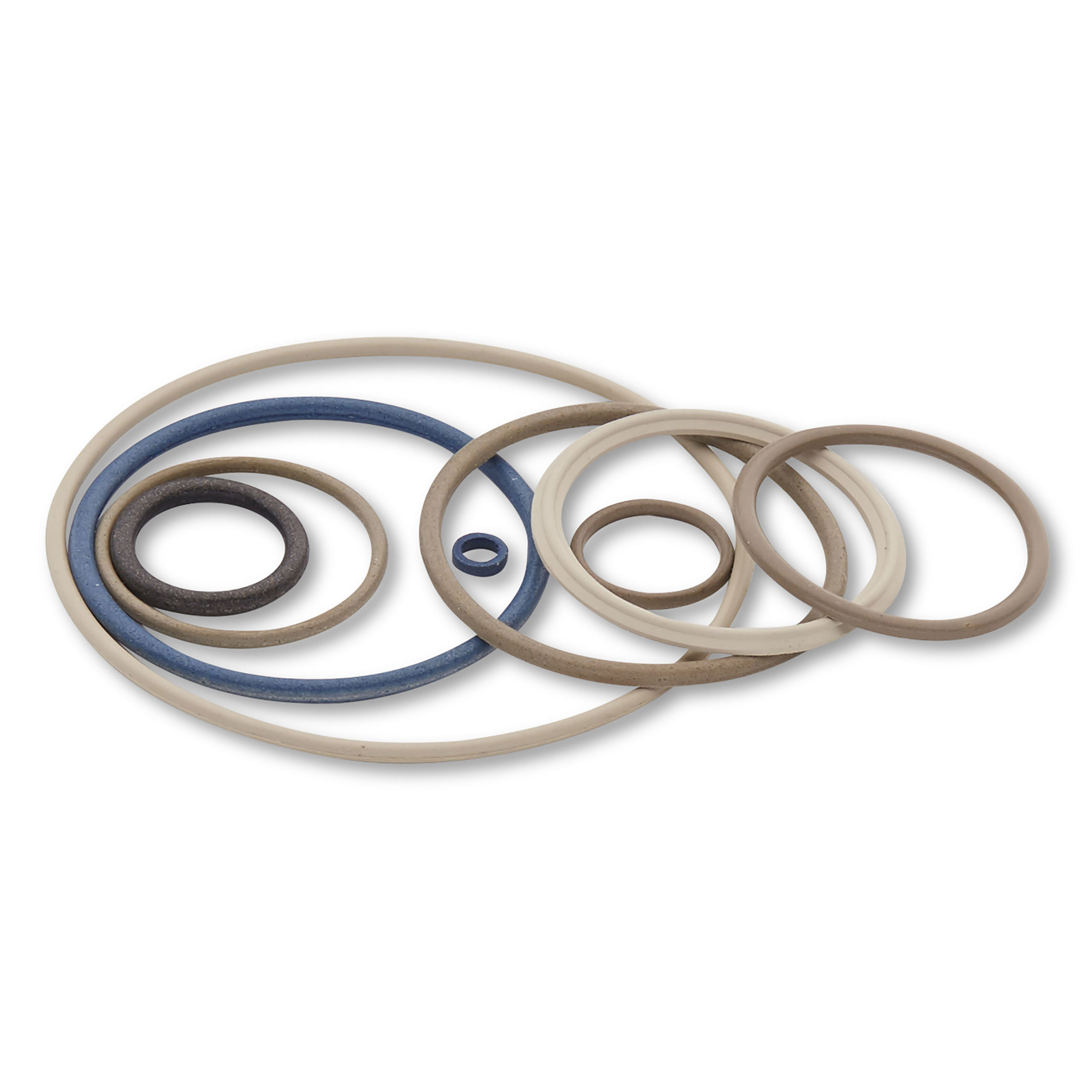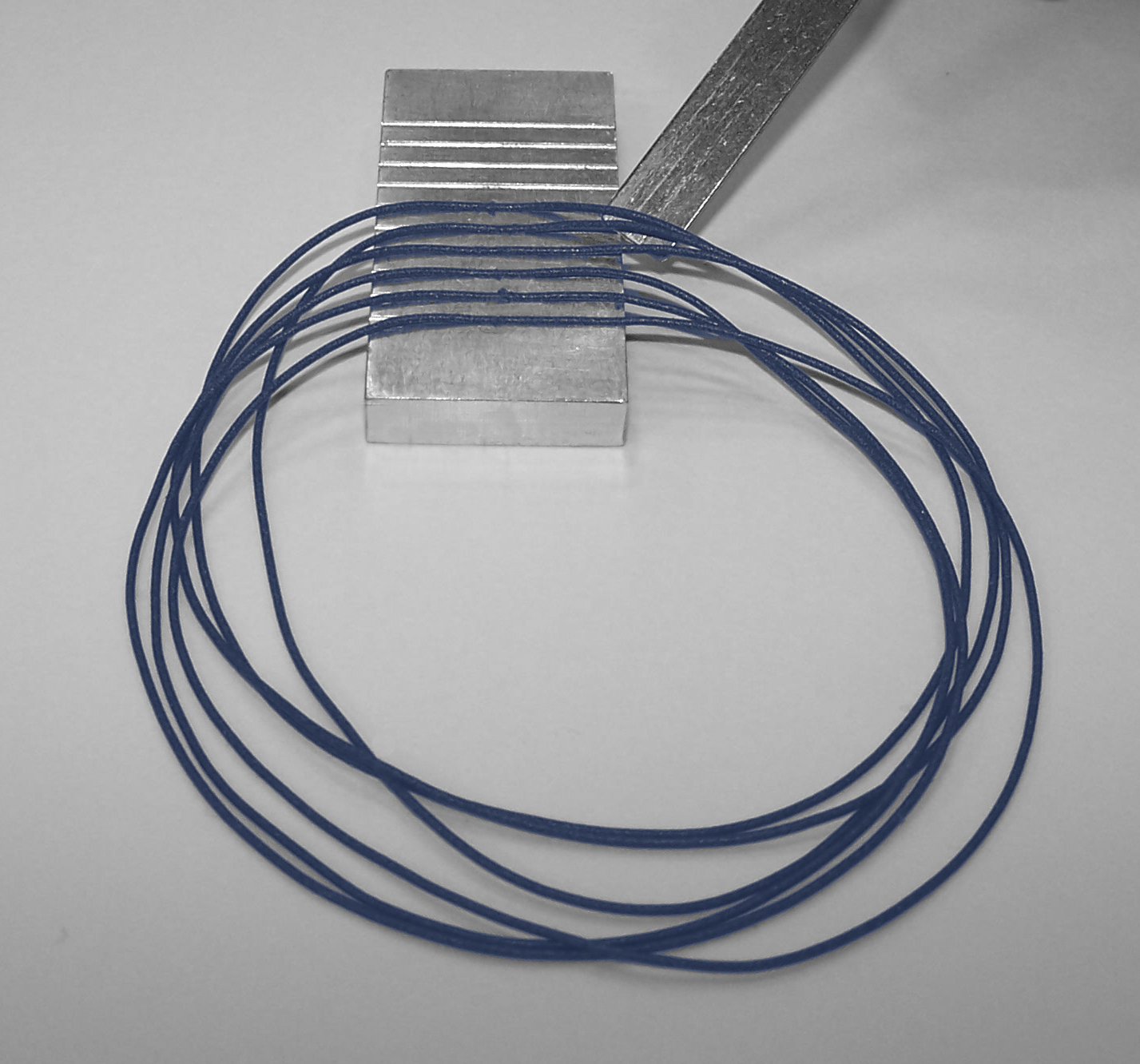Spliced EMI Gaskets
Shielding technology is essential to protect electronics from electromagnetic interference. Many application-specific factors contribute to the impact that
electromagnetic interference will have on a device, so it’s important to consider which shielding option is best for you.
Shielding gaskets and O-rings can be made from a wide range of conductive elastomers. Material selection will need to take into consideration both cost and level of attenuation required. The many choices in filler and binder offerings allow for flexibility is selecting the appropriate material.
Shielding gaskets can also be sized to fit nearly any application. Elastomer extrusions are available as hollow or solid strips in hundreds of standard sizes and profiles in addition to custom shapes. The number of options is endless.
Most elastomeric EMI gaskets are produced by splicing and molding. These two techniques offer different manufacturing and application advantages. Some applications can best be served by the use of both techniques for different areas of shielding within a device.
Splicing vs Molded Gaskets
Spliced gaskets are made from extruded conductive elastomer. The gasket is formed by cutting the conductive elastomer to a specified length, manipulating and bonding the material together using a proprietary vulcanization process. The result of this process of cutting and fusing elastomer is a spliced gasket.
Molded gaskets and O-rings are formed by pouring uncured conductive elastomer into a custom-designed mold allowed the elastomer to form into a unique consistent product.
Both methods of manufacture have their advantages and disadvantages.
BENEFITS of Spliced gaskets over molded gaskets
✓ Reduced lead time
✓ Cost Savings – No expensive tooling required
✓ Design change OK
DISADVANTAGES of Spliced gasket over molded gaskets
✓ Simple designs
✓ Limited shape retention
✓ Looser tolerances
Not recommended for use near moving parts
ADVANTAGES OF SPLICING
The manufacturing process by which the shielding material is extruded is rapid and
efficient. Materials can even be spliced in bulk. Similarly, these extrusion profiles can be designed to match the dimension requirements for almost any application. A hollow cross-section profile enables the manufacturing of parts that can succeed in low compression force enclosures.
The efficiencies within this process including low tooling cost for high production volumes, make it one of the most cost-effective EMI shield manufacturing techniques used today. Complex cross-sections can be designed using FEA (Finite Elemental Analysis) to meet the required closure force EMI Shielding and environmental sealing
requirements.

DISADVANTAGES OF SPLICING
While extruded gaskets can be designed with complex cross-sections, for complex gasket patterns, Form-In-Place (FIP) gaskets or molded gaskets are often the better.
In some cases, spliced O-rings have been found inferior to molded O-rings with respect to their ability to retain shape.
Molded O-rings can be crafted to fit near any desired shape or size whereas spliced O-rings often fit best in a round groove.
The splicing process is also known for its low tolerance range. Typically, splicing will not hold tight tolerances.
If there are moving parts near the O-ring, a vulcanized O-ring likely isn’t the best fit. If the application is not dynamic, a vulcanizing ring might be a good solution. The vulcanized O-ring is suitable for a wide range of industries and applications, so long as there is a lid that needs to be sealed.
There are limitations for how small of a gasket can be spliced.
Gasket Molding
To mold a gasket, uncured elastomers are compressed into a pre-designed mold. Once the material takes the form of the mold, the gasket is complete. This allows for very precise size and shape and warrants unparalleled consistency throughout the manufacturing process.
ADVANTAGES OF MOLDING
Once a mold is created, it makes for a resilient, durable gasket time and time again. A molded gasket allows for complex designs including joints, cross-sections, and more. Molded gaskets can retain their shape under extreme force and hold tolerances within thousandths of an inch. The nature of the molding process eliminates some of the manual labor present in the splicing process, making it even more cost-effective in some instances.
DISADVANTAGES OF MOLDING
The molding process requires a mold for each gasket pattern and design so it does not offer the flexibility and speed for design change offered by other techniques. The molding process can be less efficient when each new gasket design requires a new mold. Unlike splicing, the molding method is not conducive to creating hollow gaskets.
Vulcanizing
Vulcanizing is a commonly-known bonding technique used for splicing where heat, pressure and a splice are used to fuse the ends of a gasket together. At KraFAB, our expert manufacturers perform vulcanizations daily. This process is a dependable, cost-efficient way to join profiles of countless types of materials in a variety of different shapes and sizes.
Typically, this tactic is used when there is a space for the free-flowing passage of air to the gasket. All things considered, the vulcanizing technique should be used for low-volume applications as opposed to high-volume production rates.

CONCLUSION: SPLICED VS. MOLDED
Spliced and molded O-rings have different purposes that should be taken into consideration well before the gasket manufacturing process.
Molding and splicing are both industry-leading techniques for manufacturing durable EMI shielding gaskets of various shapes and sizes.
The vulcanized O-ring is suitable for a wide range of industries and applications, so long as there is a lid that needs to be sealed.
The best EMI gasket manufacturing process, material selection, and gasket design depend on variables including your need for rapid design change, closure force, operating environment, shielding attenuation needed at specific frequencies, and quantity required.
